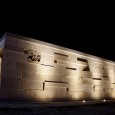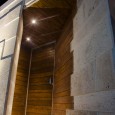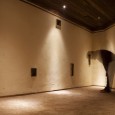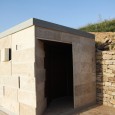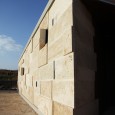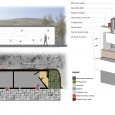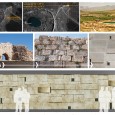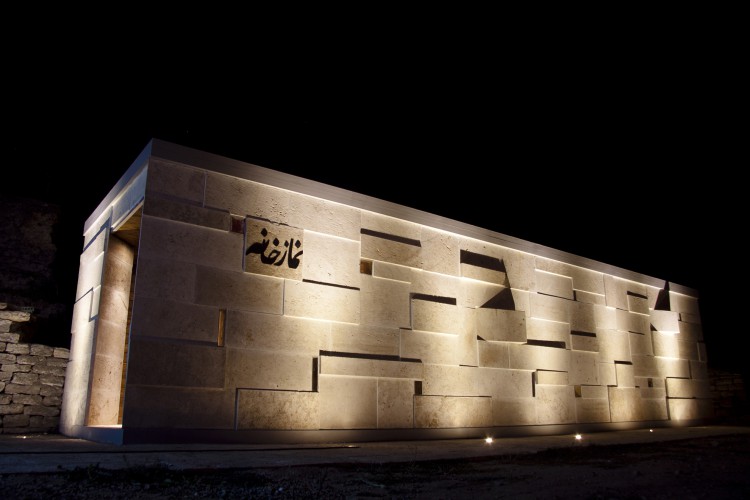Description
Situation of the site:
Takhte Soleyman or Ganjak city (Shiz) is located about 45 km north-west of Takab, in a green valley of 3000 m height, Surrounded with numerous natural and historical attractions, close to the Belghais summit, devastations remained of Zoroastrian fire temple around the lake on rocky cliff of calcareous sediments, in the middle of rocky fortifies, architectures such as fire temple, ritual structures, Anahita site, Sassanid palaces and Ilkhanid buildings.
Project approach:
Basically, designing in historical areas is further more challenging compare to other environments, as the architect should design in two contexts: Contemporary and cultural heritage. Contemporary context is faced with the globalization phenomena and its demands born continuously. The second context is extremely fragile and vulnerable, especially in deal with contemporary human needs. In this specific situation designer’s approach should meet requirements of both contexts.This project has been developed with this approach with consideration of the terms and charters of international conservation and restoration of monuments.
Design standards:
Create a new volume in the privacy of historic sites with a minimum of interference in visual and physical space. Maintaining the highest possible distance from historical sites.Utilizing of neutral form and in harmony with historic architecture and landscaping of Takht-e-Soleyman. Respectful of the functional values, using of the common traditional methods in building of praying room with relying on innovation. Construction with removable and reversible. Using travertine for coordination with the landscape and site, compatible to the regional climate in irregular form. The entries have been made with using natural wood to create an intimate and inviting space for entrances. Building interior with a combination of wood and laster to create a sense of ease and intimacy. Constricting fourteen windows in frontage of praying room; according to Shia belief. Using a massive stone for direction of Qiblah. Utilizing of seven stomata in each side of praying room to remember the seven stomata in the Sassanid monuments entries, refers to the sanctity of hebdomad.
Farsi
Please click on the Link below to read the information in Farsi Language.
Click Here!
